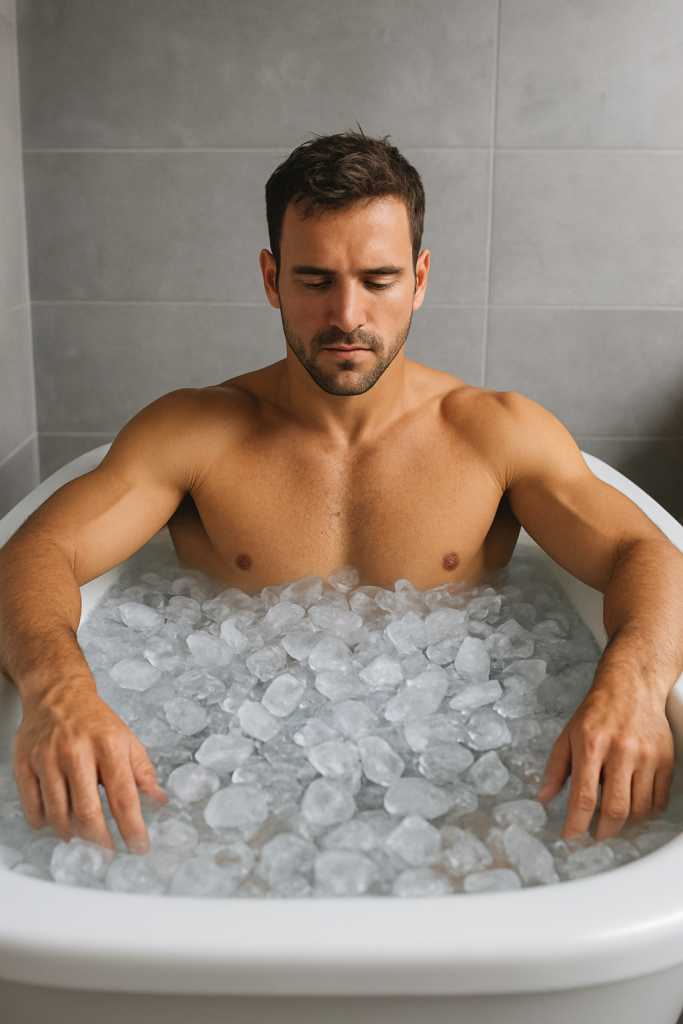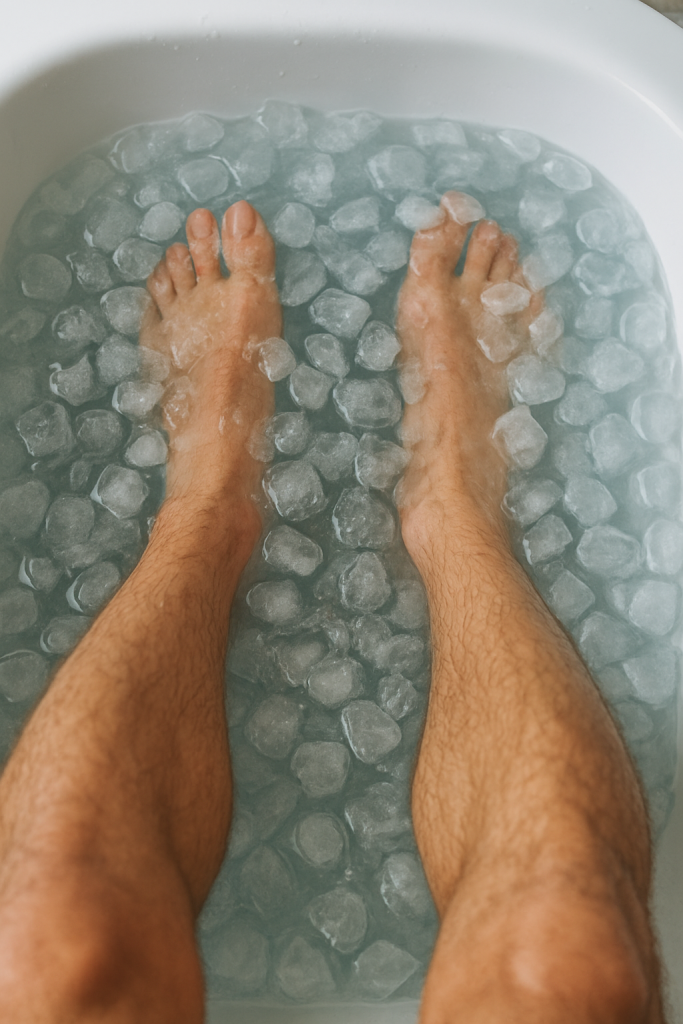Ice Bath Benefits: 15 Incredible Health Perks Backed by Science

Introduction to Ice Baths
Ice baths, also known as cold water immersion, have gained massive popularity in recent years. From professional athletes to wellness enthusiasts, people worldwide are turning to icy plunges for their impressive health advantages. But what are the real ice bath benefits, and do they live up to the hype?
Let’s explore the science-backed perks of this chilling practice and learn how it can transform both your body and mind.
What is an Ice Bath and How Does it Work?
An ice bath typically involves immersing your body in cold water, usually between 50°F (10°C) and 59°F (15°C), for a short period of time. The sudden exposure to cold triggers your body’s natural “fight or flight” response, causing blood vessels to constrict and later dilate.
This reaction improves circulation, flushes out toxins, and stimulates recovery — making ice baths a go-to method for athletes and fitness lovers.
The Science Behind Cold Water Therapy
Cold exposure activates brown adipose tissue (BAT), a type of fat that burns calories to generate heat. It also reduces inflammation markers and boosts norepinephrine levels, which improve focus and reduce stress.
In short, science supports many of the ice bath benefits, but timing, temperature, and consistency matter.
Top Ice Bath Benefits for Body and Mind
1. Reduces Muscle Soreness and Speeds Recovery
One of the most recognized benefits is faster recovery after workouts. Ice baths help minimize delayed onset muscle soreness (DOMS) by reducing inflammation and flushing out lactic acid.
2. Boosts Circulation and Blood Flow
Cold water immersion promotes vascular constriction and dilation, improving blood circulation and oxygen delivery throughout the body.
3. Enhances Mental Resilience and Focus
Sitting in freezing water isn’t easy. Over time, this practice builds mental toughness, stress resilience, and sharper focus.
4. Supports Weight Loss and Metabolism
By activating brown fat, ice baths stimulate calorie burning, making them a helpful tool for weight management.
5. Strengthens the Immune System
Research shows cold therapy can increase white blood cell production, giving your immune system a natural boost.
6. Improves Sleep Quality
Cold exposure lowers core body temperature, signaling the body that it’s time to rest, leading to deeper, more restorative sleep.
7. Reduces Inflammation and Swelling
For athletes with injuries, ice baths act as a natural anti-inflammatory treatment.
8. Elevates Mood and Reduces Stress
Cold exposure stimulates the release of endorphins and dopamine, creating a natural mood lift.
9. Improves Skin Health and Appearance
Cold water tightens pores, reduces puffiness, and can improve overall skin tone.
10. Enhances Athletic Performance
With reduced fatigue and quicker recovery, athletes often perform better after incorporating ice baths into their routine.
How Long Should You Stay in an Ice Bath?
Experts recommend staying in an ice bath for 5–15 minutes. Anything beyond may increase the risk of hypothermia or frostbite.

Risks and Precautions of Ice Baths
While beneficial, ice baths aren’t for everyone. Risks include:
- Hypothermia if overdone
- Cardiac stress for those with heart conditions
- Nerve sensitivity issues
Who Should Avoid Ice Baths?
Ice baths are not recommended for:
- Pregnant women
- People with heart disease
- Individuals with circulation disorders
How to Safely Take an Ice Bath at Home
- Fill a tub with cold water and ice.
- Aim for 50–59°F (10–15°C).
- Submerge up to your waist or chest.
- Stay for 5–10 minutes.
- Warm up slowly afterward.
Alternatives to Ice Baths
- Cold showers – Easier daily option.
- Cryotherapy chambers – Controlled cold exposure.
- Cold packs – Localized recovery for injuries.
Expert Tips for Maximizing Ice Bath Benefits
- Start gradually (cool water before ice).
- Practice deep breathing for mental control.
- Combine with proper hydration and nutrition.
Frequently Asked Questions (FAQs)
Q1: Are ice baths safe every day?
Not recommended daily; 2–3 times per week is ideal for recovery.
Q2: Can ice baths help with anxiety?
Yes, cold exposure increases dopamine and reduces stress hormones.
Q3: How cold should an ice bath be?
Between 50°F and 59°F (10–15°C) is considered safe and effective.
Q4: Do ice baths burn fat?
They activate brown fat, which helps burn calories, but they’re not a replacement for diet and exercise.
Q5: Should I stretch before or after an ice bath?
Stretching is best after warming up post-ice bath, not before.
Q6: Can ice baths replace physical therapy?
No, they should complement—not replace—professional treatment.
Conclusion
Ice baths may feel uncomfortable at first, but the science is clear: the ice bath benefits are impressive. From faster muscle recovery to improved mental resilience and immune function, this cold therapy is more than just a wellness trend—it’s a powerful tool for both athletes and everyday individuals.
👉 Want to try it? Start small, stay safe, and watch how this icy ritual transforms your health and performance.





